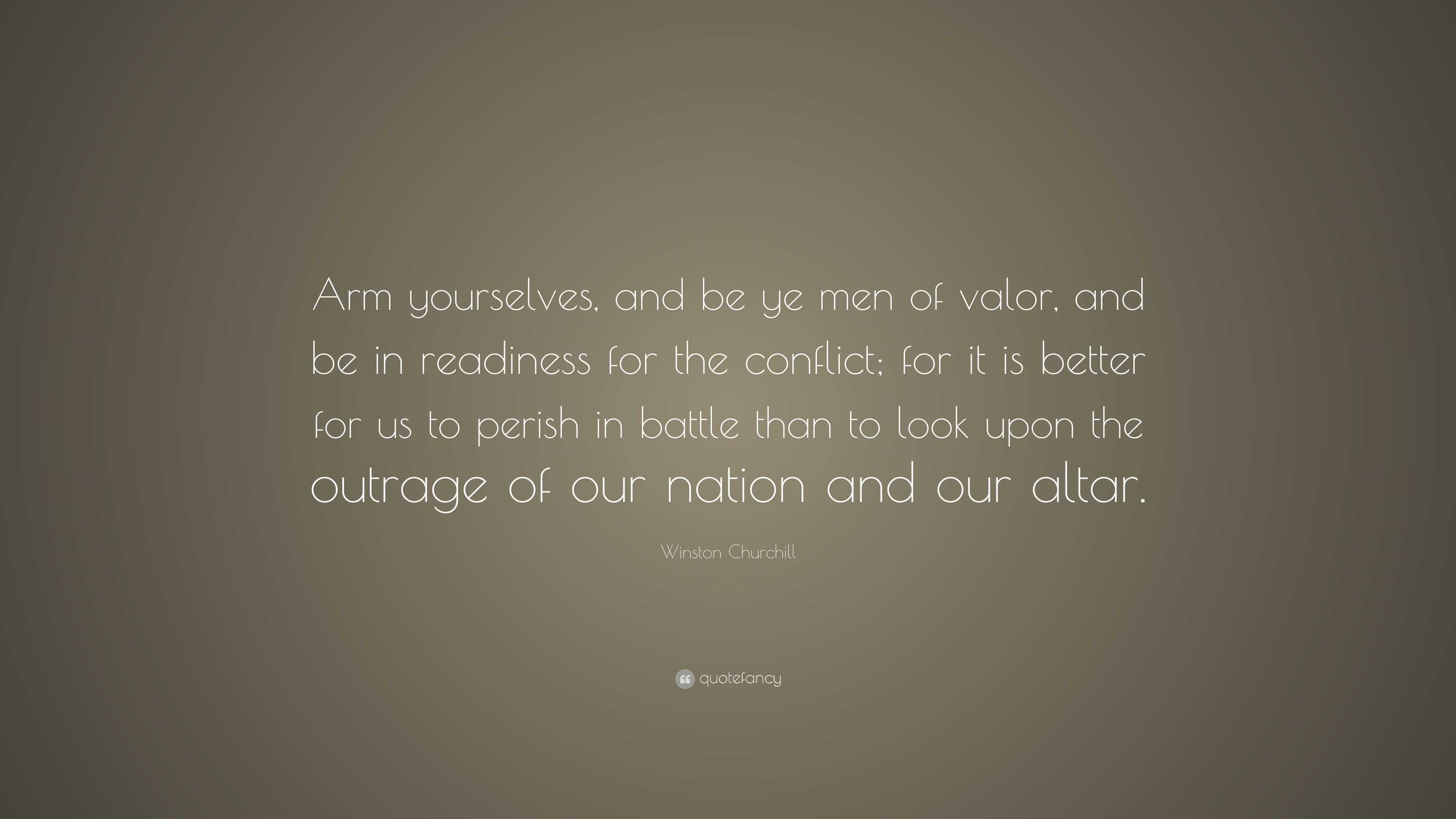
The United States and its main ally, Japan, lost thousands of servicemembers, dozens of ships, and hundreds of aircraft. managed to even the odds for a time by deploying more sophisticated submarines as well as B-21 and B-2 stealth bombers to get inside China’s air defense zones, but Washington ran out of key munitions in a matter of days and saw its network access severed. and allied air bases and ships in the Indo-Pacific. Having taken seriously President Joe Biden’s pledge to defend the island, Beijing also struck pre-emptively at U.S.

Nonetheless, the militarys overall readiness production process can be broadly described in terms of producing and sustaining ready military units over time, with the principal focus within these units being the warfighter i.e., the servicemember.The war began in the early morning hours with a massive bombardment - China’s version of “shock and awe.” Chinese planes and rockets swiftly destroyed most of Taiwan’s navy and air force as the People’s Liberation army and navy mounted a massive amphibious assault across the 100-mile Taiwan Strait. The process of generating these forces is complex, and differs across a range of various circumstances e.g., branch of armed service, military occupation, status of a servicemember commissioned officer, warrant officer, or enlisted, and duty typecomponent i.e., active or reserve. For these reasons, many government officials and members of the defense community agree that the focus of readiness is to generate ready military forces. Despite disagreement over specific definitions of readiness, DOD retains statutory authorities and responsibilities to produce and sustain ready military forces, and Congress has the constitutional authority to resource and regulate military forces for the nation.

What precisely this means is a matter of ongoing discourse among congressional leaders and defense officials alike. DOD defines readiness as the ability of military forces to fight and meet the demands of assigned missions. Additionally, other types of defense appropriations may be used to contribute to producing, sustaining, or otherwise enabling readiness. Abstract: Each year the Department of Defense DOD requests and Congress authorizes and appropriates billions of dollars in Operations and Maintenance O and M funding to support what the DOD calls readiness.


 0 kommentar(er)
0 kommentar(er)
